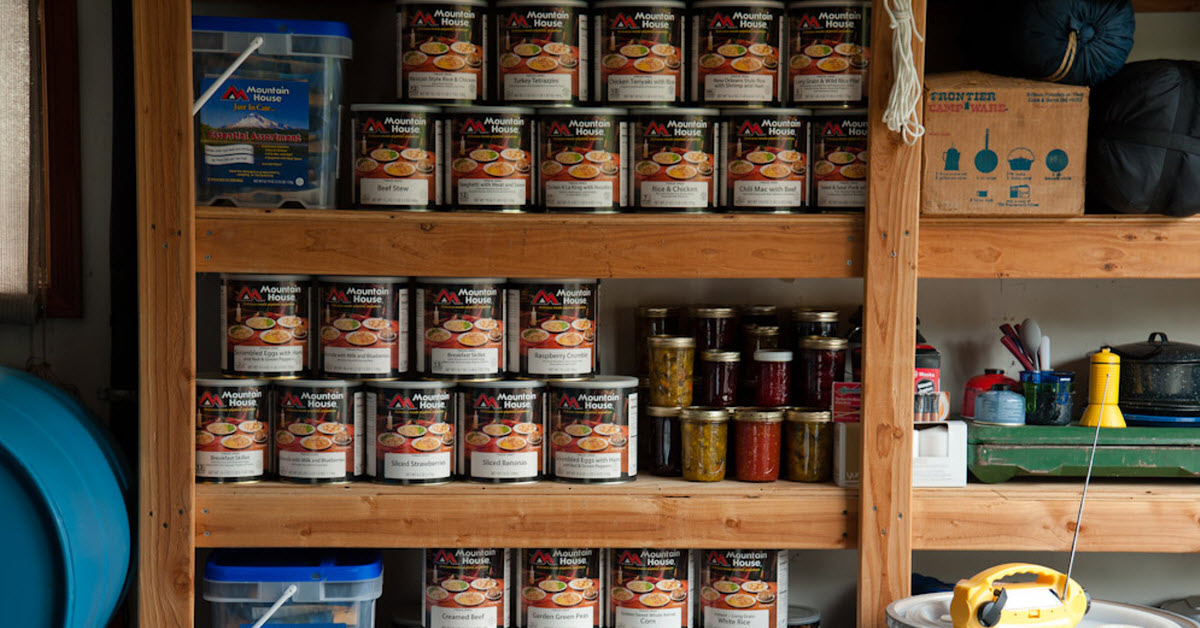Most people recognize exactly how important it is to have food and water on hand in the event of an emergency. Even those individuals who are not officially “preppers” may still have a supply of food and water that would last for three days or perhaps even longer. That being said, there are still a number of questions that people may have as to putting together a survival pantry.
One of the questions is when to begin such a survival pantry. The answer to this question may seem obvious, as now is the best time to begin, but some people hesitate for a number of reasons. Perhaps they are on a tight budget or they may wonder if they are going to throw money away on food that would eventually spoil. Nothing could be further from the truth.

When you put together a survival pantry, you aren’t really dipping into the budget. Quite honestly, you can have a survival pantry together, including foods that would be rotated on a regular basis. Although the bulk of the pantry should focus on long-term food storage, such as canned foods, rice and dried beans, you can still rotate much of it to keep it absolutely fresh.
Another question that many people ask about putting together a survival pantry is where they should be doing it. There are actually a few different types of people who may be asking this question. They include those who are dealing with limited space and those who may have multiple options for storage locations.
Basically, it is best if you store your food for long-term survival in a cool, dry and dark area. Humidity is also a factor to consider, because some of the items can draw moisture and spoil. Some of the obvious choices for a survival pantry include the basement, an outdoor shed near the house or a closet, perhaps one under the stairway.

Getting started on the process is fairly basic. Choose some foods that will last for several months or longer in storage and then begin buying them as your budget allows. It isn’t necessary to put the entire survival pantry together in one day. Buying a bag of rice and dried beans every week at the grocery store is only going to set you back a few dollars but the food really adds up at the end of the month.
As your storage space begins to fill up, it is important for you to come up with a master plan of what will be stored, when it will be stored and where it will be stored in the pantry. You can then begin rotating the food as necessary so that it doesn’t spoil and you always have fresh products available. You then have the beginnings of a food storage plan that will help your family to survive.
